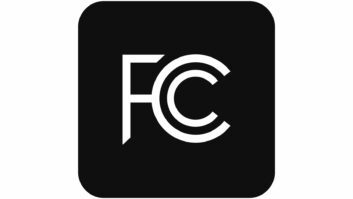
This letter is part of a series concerning the technical performance of legal, low-power unlicensed AM broadcasts in the United States, which fall under Part 15 of the FCC rules. To catch up, read the original article by Larry Wilkins and his subsequent addition in response to reader comments. This letter below continues the conversation.
This is a response to the reply by Larry Wilkins, which includes the statement, “This will render an approximate maximum AM coverage radius of 200 feet, according to the FCC July 24, 1991 Public Notice (still in effect).”
The information in FCC Public Notice #14089 referenced above does not supersede the requirements of 47 CFR §15.219, which define and govern the legal use of unlicensed transmit systems operating in the AM broadcast band (530-1700 kHz).
Here is an engineering analysis showing that an unlicensed AM transmitting system strictly meeting U.S. 47 CFR §15.219 can produce a useful coverage area having a radius in excess of 500 meters (1,640 feet). See page 2 of this PDF:
F.I. vs H-distance from Part 15 AM Transmit System, read it here.
The analysis is based on the use of NEC4.2, which use is accepted by the FCC even for the design and documentation of the directional arrays they require of some licensed AM broadcast stations.
Such an unlicensed, FCC-compliant AM system easily should provide service to cars in a very large parking lot, as might be useful to some religious organizations and other entities during the COVID-19 pandemic, for example.
Richard J. Fry, CPBE, worked for two decades in engineering at the Harris Broadcast Division.












